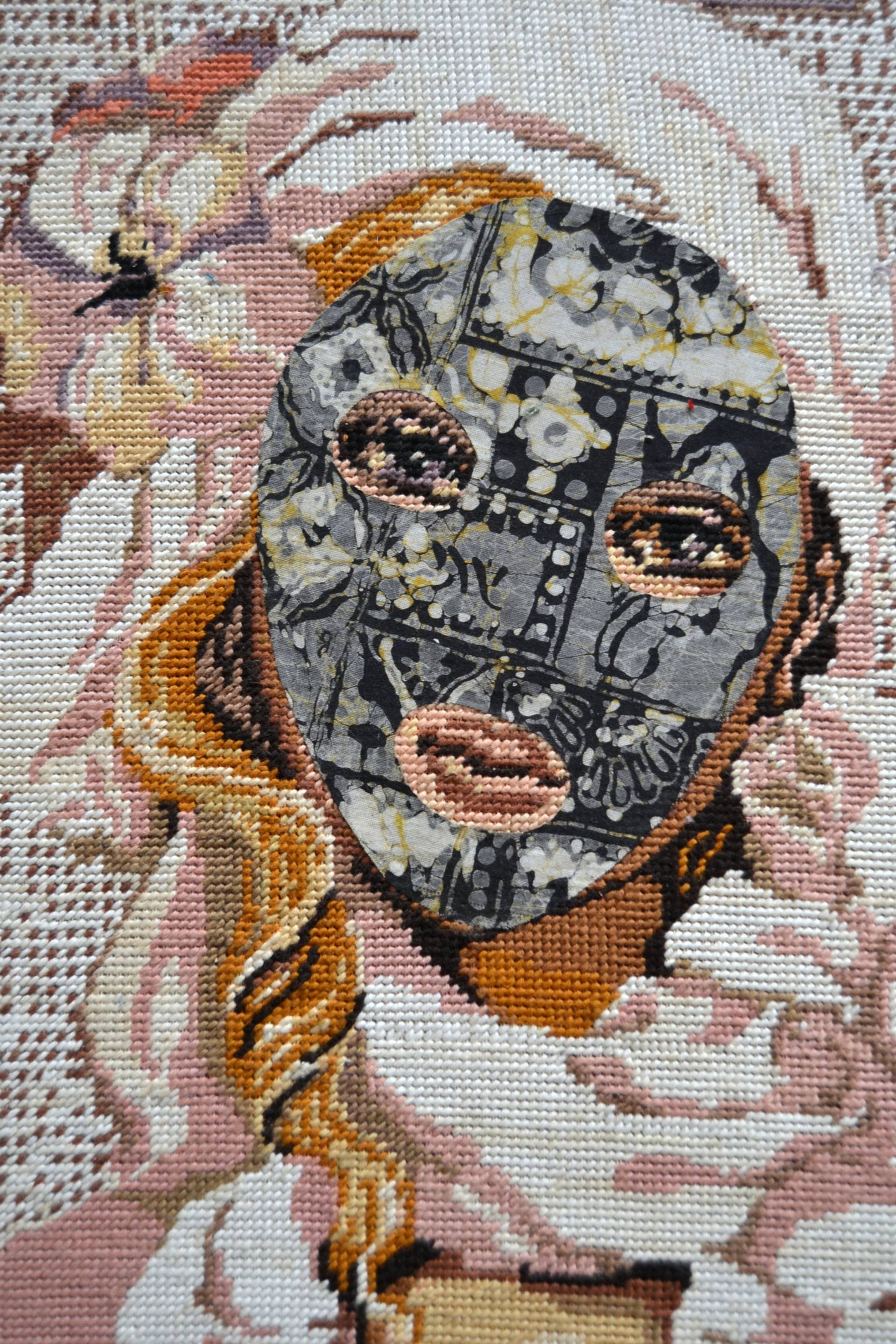
Employing redaction - famously associated with the FBI’s own surveillance of the Civil Rights leader - Couch’s appropriation highlights King’s rage and indignation above calls for peace. The hidden meanings and innuendos of literature can be confusing. Research papers on literature present a problem for students who dont really like reading or who are right brain thinkers. Similarly, Faith Couch’s installation represents Martin Luther King’s famous speech from the March on Washington as a photograph of a moment. We Wear the Mask Research Papers We Wear the Mask Research Papers look at a poem about a black mans reaction to racism in America. Clifford Prince King’s photographs of quotidian moments, for instance, speak clearly of Black queer desire while also enshrouding his subjects in mystery through his framing and composition. Some of the featured images use literal masking to project intimacy or familiarity without revealing too much. This theme of embodiment through objects is reflected across the gallery space in a trio of images by Nakeya Brown, whose work focuses on the politics of black beauty and womanhood through still life images, as well as AK Jenkins’s self-portraits in the next room, which use sports paraphernalia to open up questions around gender/masculinity. During the course of any given day, we can use a variety of different masks as a social disguise to help get us through a variety of situations. The most important use of figurative language is the mask itself, as a symbol of African Americans hiding their pain in a society that still discriminates them.Furthermore, the line 'We wear the mask that grins and lies' uses personification as the mask is provided of human behavior: it grins and lies. Somewhere between portraits and still lifes, the photographs are meditations on loss which conjure new relationships to other realms. By : Admin Is your Mask holding you hostage Most people are familiar with presenting a certain face to the world. Dunbar commu- nicates through metaphor, in the African. This lesson had four major parts: introduction activity, reading and comprehending the text, a mask activity, and two reflections to end the lesson.
#We wear the mask series
In three black and white photographs of varying sizes from Keisha Scarville’s ongoing series Mama’s Clothes, for example, clothing acts as a surrogate for the artist’s late mother, allowing Scarville to surrender completely to her weight or hold her delicately in her mouth. Mask after Paul Laurence Dunbars 1896 poem of the same name. Along with 'Everyday Use,' I also introduced students to 'We Wear the Mask' as a supplementary text towards the end of A Raisin in the Sun. The featured works draw viewers in closer, enticing with the promise of an intimate reveal while maintaining a critical distance through their reliance on symbolism or abstraction. View We-Wear-the-Mask.pptx from PSY 200 at San Francisco State University.

Installation view of Keisha Scarvillel’s work in We Wear the Mask, Higher Pictures Generation (image courtesy the artist and Higher Pictures Generation photo by Kylie Bryant)


 0 kommentar(er)
0 kommentar(er)
